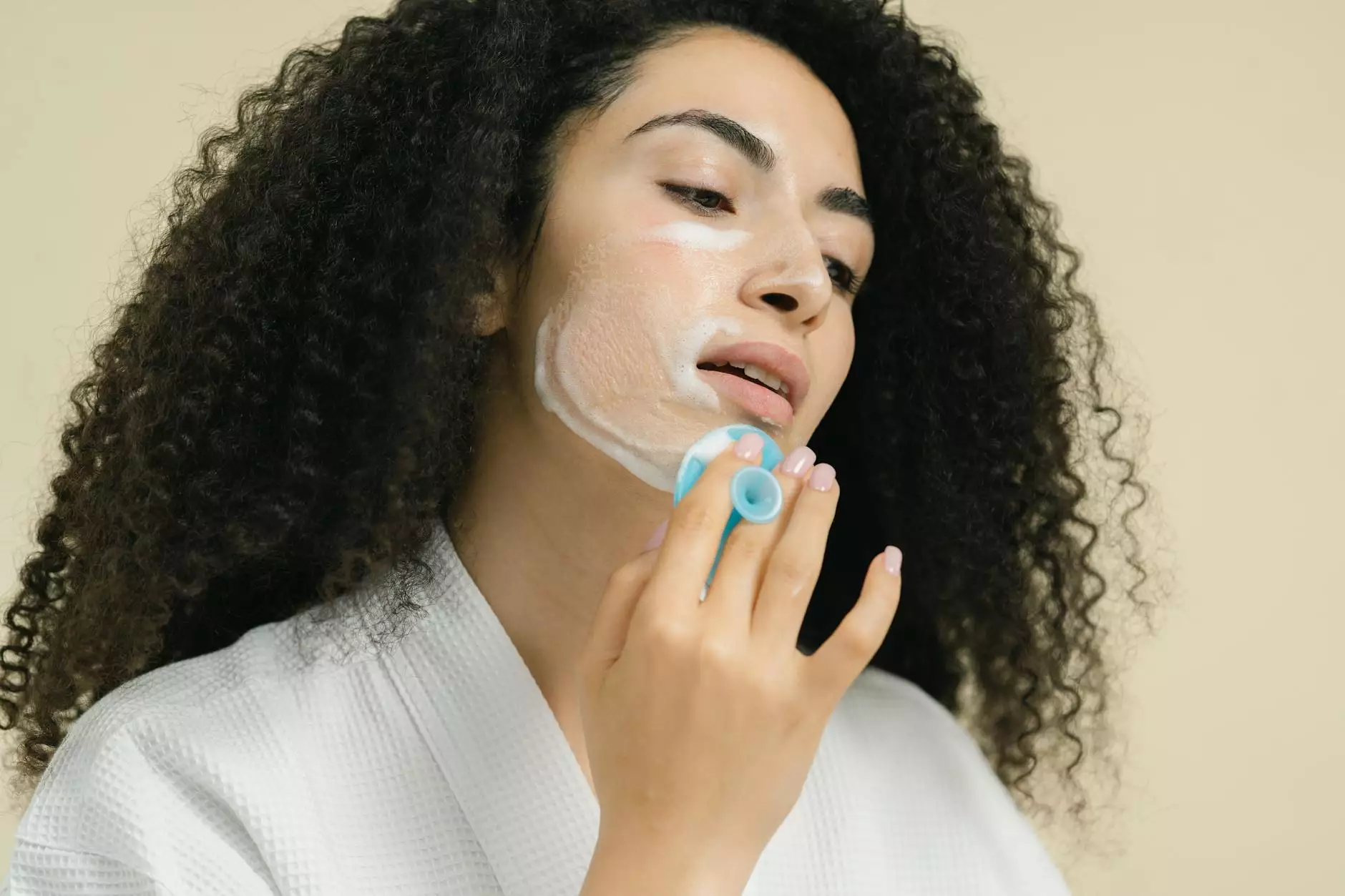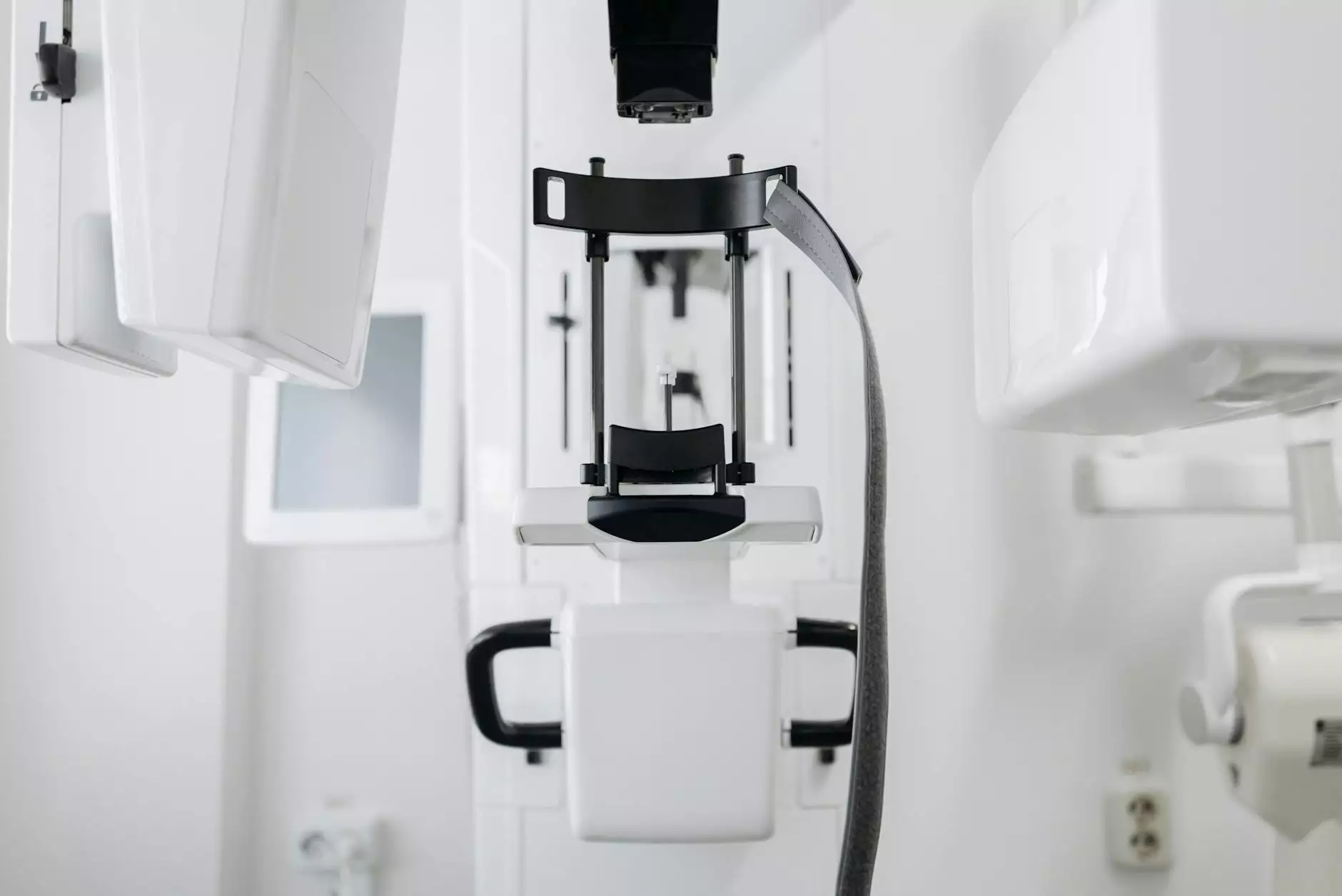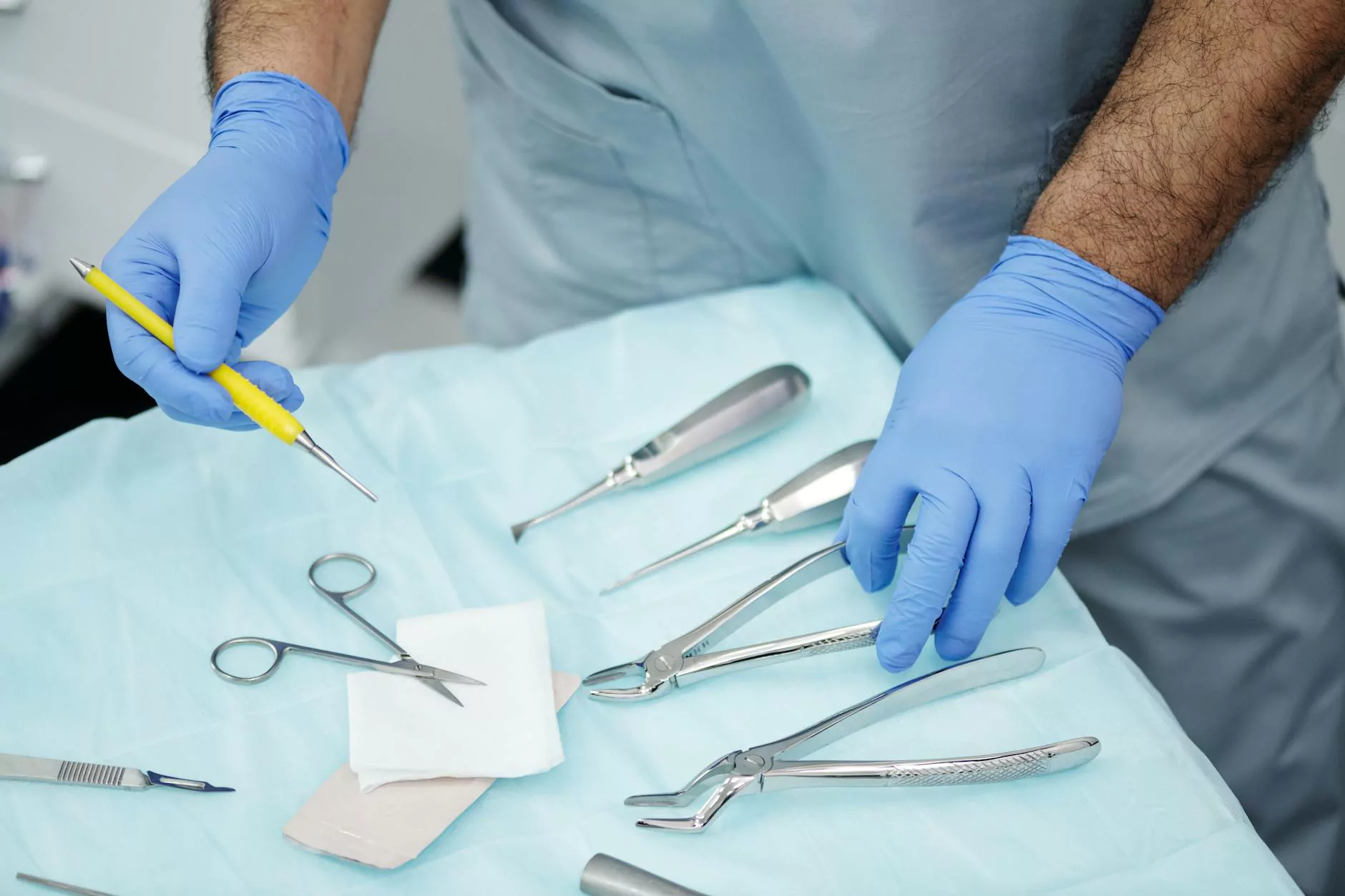Understanding Age Spots on Ankles: Causes, Prevention, and Treatment

As we age, our skin undergoes various changes, and one of the most common concerns for many individuals are age spots on ankles. These spots, also known as liver spots or solar lentigines, are typically harmless but can be a source of insecurity and confusion. In this comprehensive article, we’ll explore the causes of age spots, how to prevent them, and various treatment options available to manage their appearance.
What Are Age Spots?
Age spots are flat, brown, gray, or black spots that often appear on sun-exposed areas of the skin, particularly as we enter our later years. While they are most commonly found on the face, hands, and shoulders, age spots can also develop on the ankles. These areas are particularly vulnerable due to frequent exposure to sunlight during activities such as walking or wearing sandals.
Characteristics of Age Spots
Here are some notable characteristics of age spots:
- Size: They usually range from the size of a freckle to a quarter.
- Color: Typically brown, black, or gray.
- Shape: Generally oval and flat.
- Location: Often found on the face, hands, shoulders, and ankles.
Why Do Age Spots Occur?
Age spots result from a combination of factors, predominantly exposure to sunlight and aging. Here’s a closer look at the causes:
1. Sun Exposure
The sun's ultraviolet (UV) rays are the primary culprits behind age spot formation. Over time, excessive sun exposure can increase melanin production in the skin, leading to the development of these spots. It's particularly common for individuals who often leave their ankles exposed during outdoor activities.
2. Aging
As we age, our skin's ability to regenerate cells decreases, and the natural processes that protect the skin diminish. This combination of factors accelerates the formation of age spots.
3. Genetics
Some individuals may be genetically predisposed to developing age spots. If your family members have age spots, you may be more likely to develop them as well.
4. Hormonal Changes
Fluctuations in hormones may also contribute to the appearance of age spots, particularly in women during and after menopause.
Prevention Strategies for Age Spots on Ankles
Preventing age spots is possible with particular lifestyle choices and skincare practices. Here are some effective strategies:
1. Use Sunscreen Daily
Regular use of a broad-spectrum sunscreen with a high SPF is one of the most effective ways to prevent age spots. Ensure to apply it liberally on exposed areas, including your ankles, and reapply every two hours, especially if you are sweating or swimming.
2. Wear Protective Clothing
Consider wearing clothing that covers your legs, especially during peak sun hours. Long pants made of lightweight, breathable fabric can provide protection without causing discomfort.
3. Seek Shade
When spending time outdoors, seek shaded areas to minimize direct sun exposure. This is especially crucial between 10 a.m. and 4 p.m., when UV rays are strongest.
4. Avoid Tanning Beds
Tanning beds emit UV radiation, which can accelerate skin damage and lead to the development of age spots. Avoiding these devices is highly recommended.
Treatment Options for Age Spots
If you already have age spots on your ankles and are looking to reduce their appearance, several treatment options are available:
1. Topical Treatments
There are various over-the-counter creams formulated specifically to lighten age spots. Look for products containing:
- Hydroquinone - A skin-lightening agent.
- Retinoids - Derived from Vitamin A, helps in skin turnover.
- Alpha hydroxy acids (AHAs) - Exfoliate the skin and promote cell renewal.
2. Professional Treatments
For more pronounced age spots, consider professional treatments such as:
- Laser Therapy: Focused light energy targets and destroys pigmented cells.
- Cryotherapy: Freezing the age spots to reduce their appearance.
- Chemical Peels: Removes the top layer of skin to reduce pigmentation.
3. Natural Remedies
Some individuals prefer natural remedies for treating age spots. Consider trying:
- Lemon Juice: An all-natural bleaching agent. Apply with caution due to its acidity and use sunscreen afterward.
- Aloe Vera: Known for its soothing properties, it may aid in reducing pigmentation over time.
- Apple Cider Vinegar: Contains acetic acid, which may help lighten age spots.
When to Consult a Doctor
While age spots are typically harmless, it is important to monitor them. Consult a healthcare professional if you notice any of the following changes:
- The age spot changes in size or color.
- It becomes raised or develops irregular borders.
- If there is any bleeding or itching.
Conclusion
Understanding age spots on ankles is crucial for anyone looking to maintain healthy skin as they age. By implementing effective prevention strategies, recognizing the causes, and exploring treatment options, individuals can manage the appearance of age spots confidently. Remember, if in doubt, don’t hesitate to consult with a vascular medicine specialist, such as those at trufflesveinspecialists.com, to ensure the best care for your skin health.
For more information about skin health and treatment options, visit Truffles Vein Specialists.









